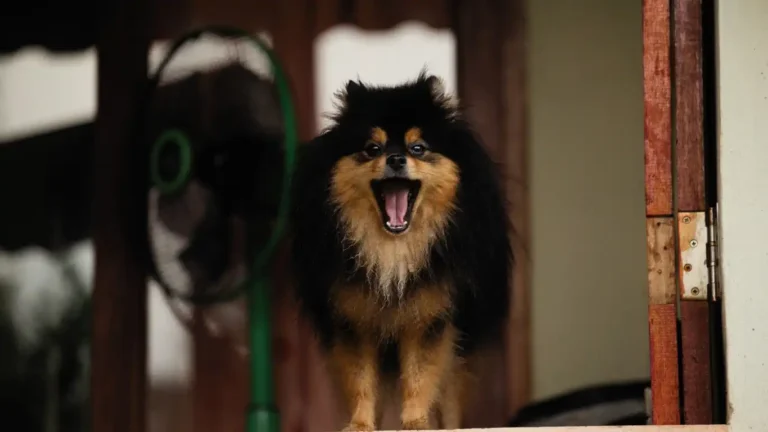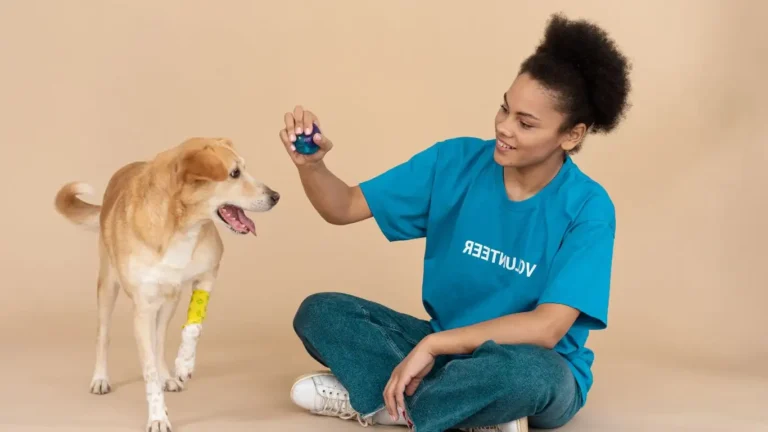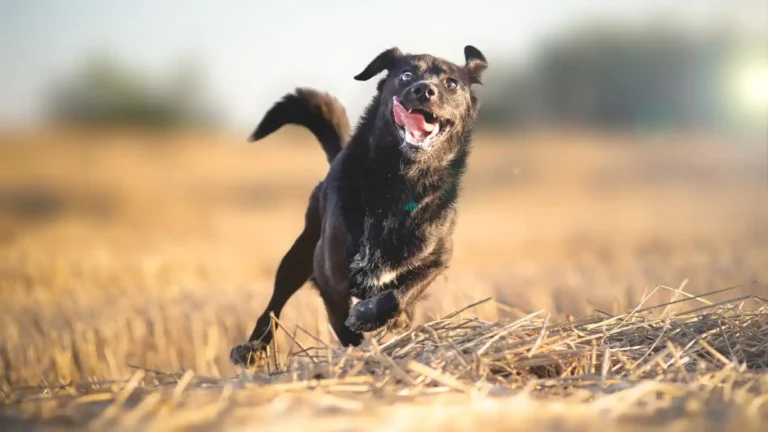How to Stop a Dog from Biting Furniture: Proven Hacks That Work
If you’ve ever walked into your living room to find your dog proudly sitting next to what used to be your coffee table leg, completely gnawed down like a chew toy—yeah, you’re not alone. I’ve had more than a few clients in my years as a Veterinary Technician and Nutrition Specialist frantically ask me how to stop a dog from biting furniture. And let me tell you, there’s usually more to it than just “bad behavior.” Dogs don’t just wake up one day and decide to go full beaver on your wooden décor. There’s often an underlying reason—and yes, we can totally fix it with the right approach (and a little patience).
Understanding Why Dogs Chew Furniture
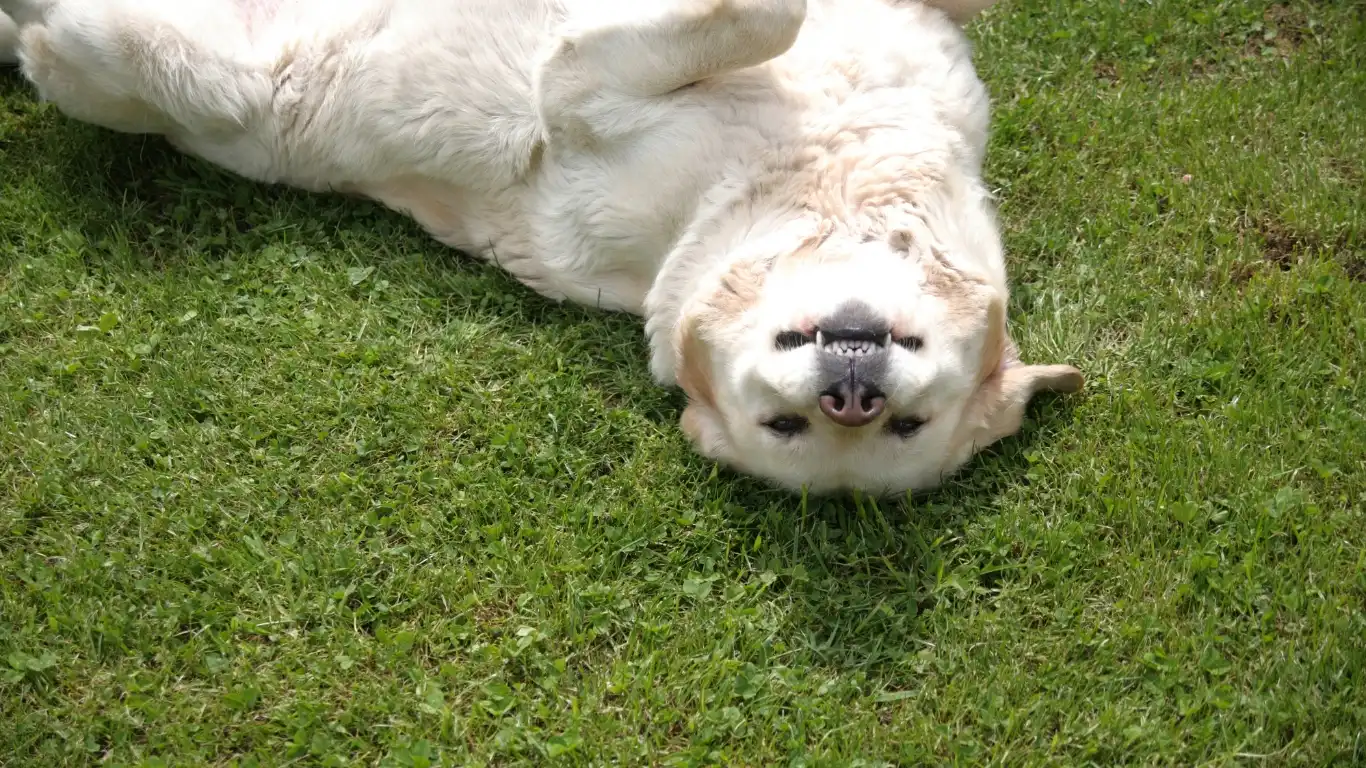
First things first—dogs aren’t out to destroy your house just for the thrill of it. Chewing is completely natural, especially for puppies, but when it turns destructive, it’s usually because something is off. Over the years, I’ve seen dogs chew because they’re bored, anxious, teething, or just plain under-stimulated. Some breeds are more prone to it too—think Labs, Huskies, and anything high-energy.
One of the most common culprits? Separation anxiety. It’s a real thing. I had a client with a sweet Golden Retriever named Bailey. She’d start gnawing on the couch legs every time her owner left for work. Turns out, Bailey had mild anxiety and zero mental stimulation when left alone. Once we addressed those two issues, the furniture damage stopped almost overnight.
Signs Your Dog’s Chewing Is a Bigger Issue
If you’re not sure whether your dog’s behavior is just playful chewing or something deeper, here are a few signs it might be time to dig deeper:
- Chewing only happens when you’re not home
- They also bark, whine, or pace when you’re gone
- Other destructive behavior like digging or shredding pillows
- Chew marks are always on the same item or area
Recognizing patterns helps. I’ve often told clients, if your pup always goes for the same chair leg or corner of the couch, it might be more than a simple habit—it could be a stress response or even a learned behavior.
How to Stop a Dog from Biting Furniture
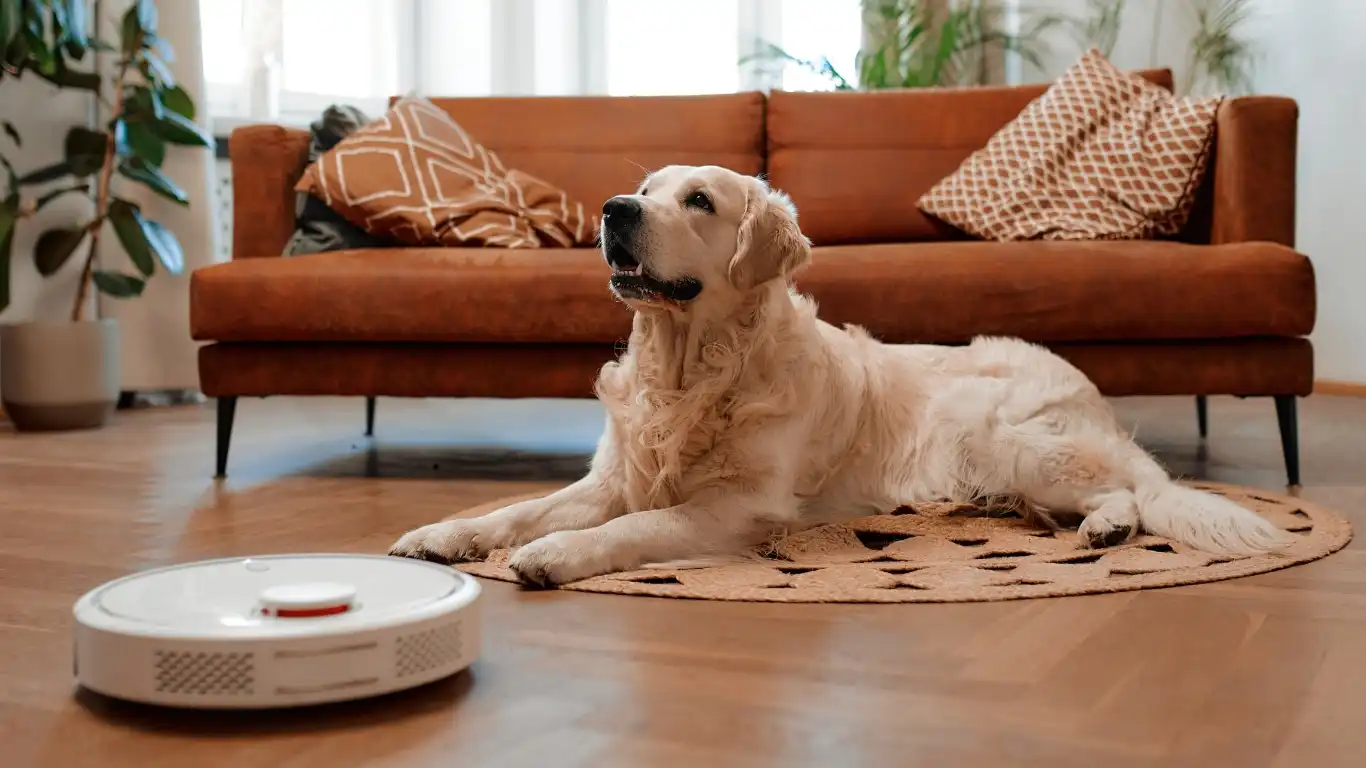
Okay, so now let’s dive into the real meat of it—how to actually stop a dog from biting furniture without losing your sanity. It’s not about yelling or punishment (please don’t do that), but rather understanding, redirecting, and reinforcing better habits.
1. Rule Out Medical and Nutritional Causes First
Yes, you read that right—nutrition can absolutely play a role here. I’ve worked with dogs who were chewing compulsively because of nutrient deficiencies or even dental pain. If your dog’s suddenly obsessed with gnawing on everything, it’s smart to check with your vet or a certified pet nutritionist (hey, that’s me!) to make sure they’re not lacking in something essential like calcium or B vitamins.
Also, if teething is involved (especially in puppies under 6 months), chewing is their way of relieving gum pain. A quick vet check can help you rule this out.
2. Provide Chew-Friendly Alternatives
This one seems obvious, but you’d be surprised how often it’s overlooked. If your dog’s chewing furniture, you need to give them something better to chew. Think high-quality chew toys, edible chews, and puzzle feeders. I always recommend a rotation system—switch out their toys every few days so they don’t get bored. Trust me, it makes a huge difference.
- KONG toys stuffed with frozen peanut butter or pumpkin
- Rubber dental chews that help clean teeth while satisfying the urge
- Antler chews or yak milk bones for dogs who love a challenge
One of my former patients, a rescue mutt named Diesel, had a crazy chewing habit. We gave him a rotating stash of tough, engaging chews, and within a week—no more table leg casualties.
3. Make the Furniture Unappealing
This little trick works wonders. There are safe, pet-friendly bitter sprays you can apply directly to your furniture. The taste is awful (don’t ask how I know), and most dogs will give up after a few licks. Just make sure to test on a hidden area first, so you don’t damage the finish.
You can also use aluminum foil or double-sided tape—dogs hate the texture, and it helps break the habit fast. One of my clients wrapped the base of her kitchen chairs in foil for a week. Her beagle? Never chewed them again.
Crate Training and Safe Zones
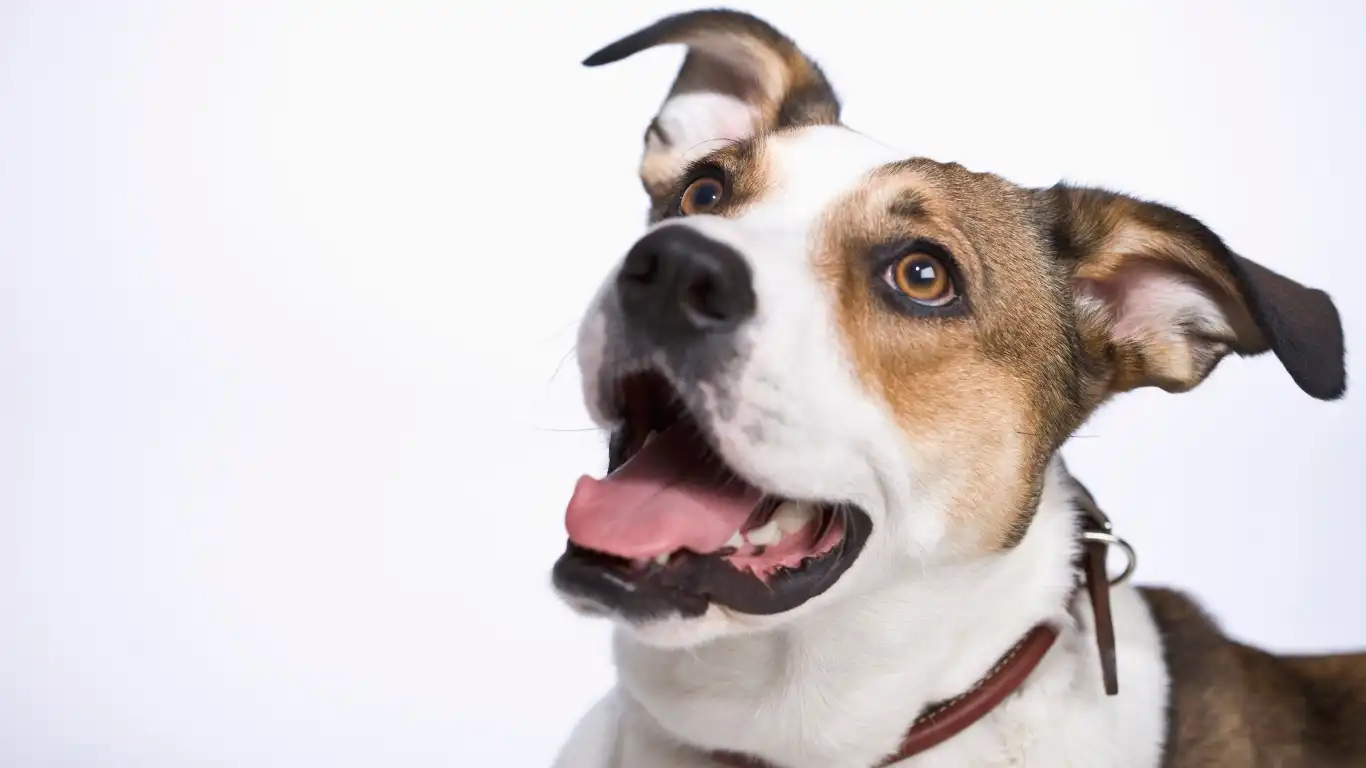
Crates get a bad rap, but when used right, they’re a fantastic way to keep your dog safe—and your furniture intact. The key is making it a positive space, not a punishment zone. Think cozy bedding, a few favorite toys, and maybe a chew or two.
I’ve had success helping pet parents design “chill zones” for their pups. Sometimes it’s a crate, sometimes just a gated area with all their comforts. The idea is simple: give them a designated, distraction-free place where chewing on furniture just isn’t an option.
Crate Training Tips:
- Start slow—let your dog explore the crate with the door open
- Use positive reinforcement like treats and praise
- Never use the crate as punishment—this is their safe spot
Over time, many dogs will naturally choose their crate or zone over wandering into temptation territory. And your coffee table? It’ll thank you.
Keep Your Dog Mentally Stimulated
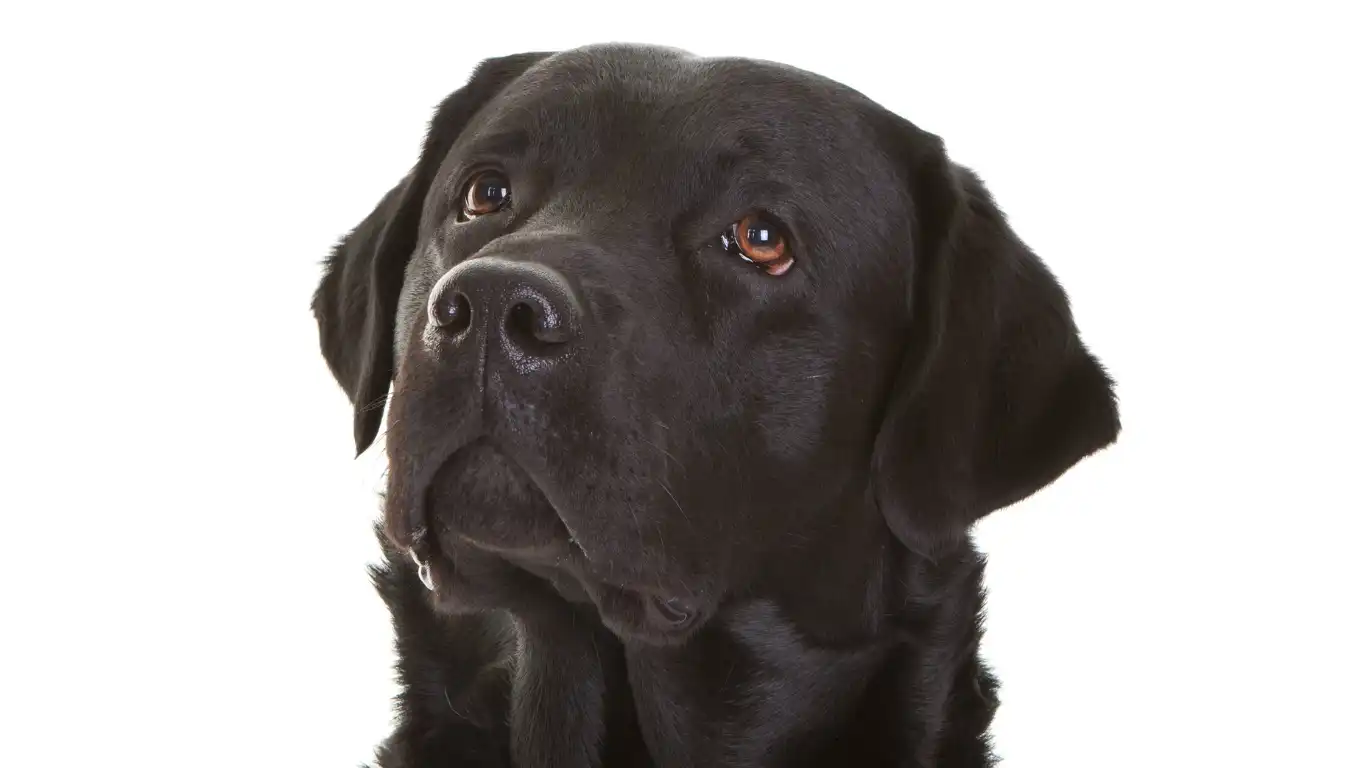
Here’s the thing most people don’t realize: a bored dog is a destructive dog. I’ve said this to so many clients over the years, it’s practically my personal slogan. If you want to know how to stop a dog from biting furniture, one of the biggest keys is to tire out their brain, not just their legs.
Physical exercise is crucial, yes, but mental stimulation is what really keeps chewing behaviors at bay. Dogs need jobs—even if their “job” is solving a food puzzle or finding a hidden treat. I always tell pet parents to treat their dog’s brain like a muscle: work it regularly, and it’ll grow. Ignore it, and well… your furniture pays the price.
My Favorite Mental Games for Dogs
- Snuffle mats: Scatter dry kibble or treats inside and let your pup forage like they would in nature.
- Frozen treat toys: Layer peanut butter, plain yogurt, and a few dog-safe fruits into a KONG and freeze.
- Hide and seek: Yep, even adult dogs love this game. Hide behind furniture and call their name.
- Name that toy: Teach them to recognize toy names, then send them to go fetch a specific one.
I once worked with a super smart border collie named Indie who used to chew through door frames when left alone. Her owner and I implemented a rotating enrichment schedule, and within two weeks, Indie was too mentally satisfied to bother with anything off-limits.
Training Techniques That Actually Work
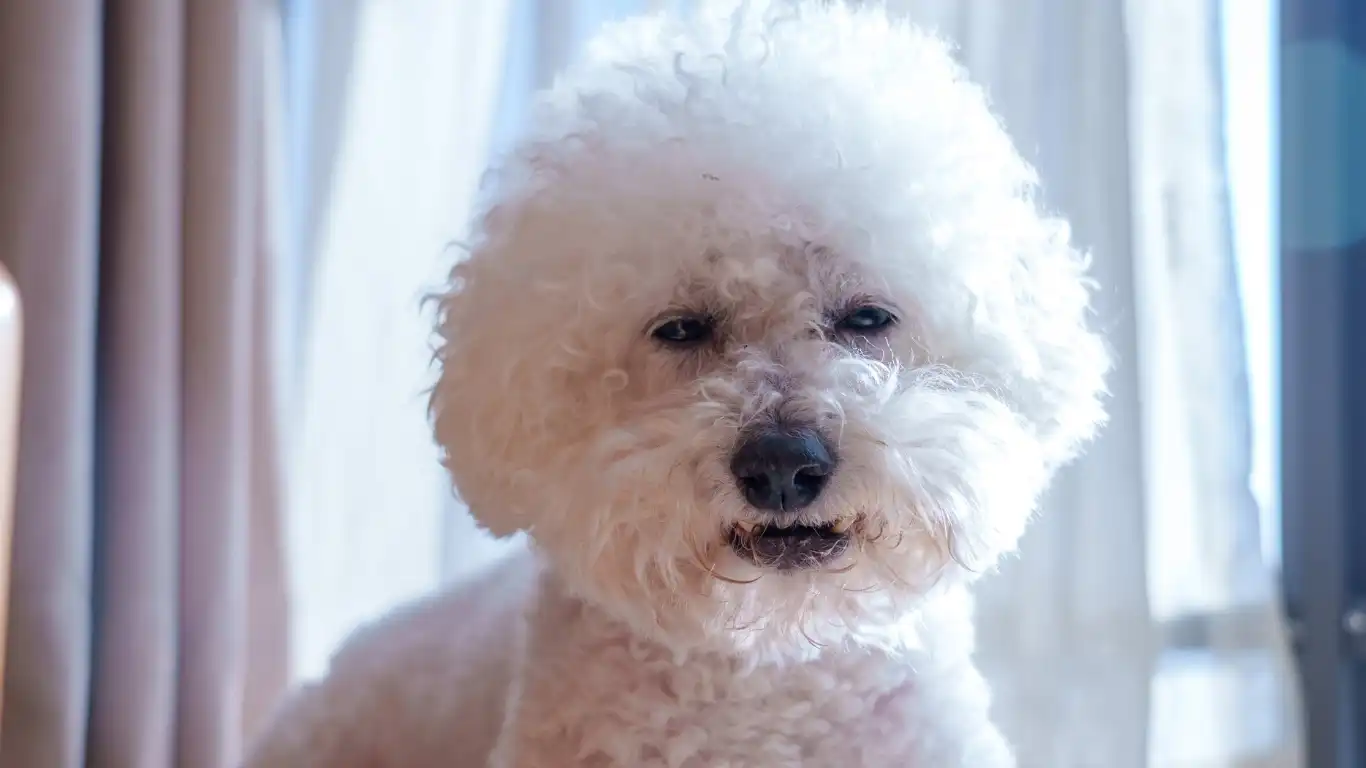
Now, let’s talk training. You don’t need to be a professional dog trainer to teach your dog better habits, but you do need consistency and patience. I’ve found that the biggest mistake pet parents make is reacting after the chewing happens instead of proactively guiding behavior.
Redirect, Don’t React
When you catch your dog mid-chew, don’t shout or scold. Instead, calmly take the item away and offer something appropriate to chew. Then praise like crazy when they engage with the right thing.
This positive reinforcement method works wonders. Dogs thrive on attention, so they’ll quickly connect the dots: chew the toy, get mom’s happy voice and maybe a treat. Chew the table leg, get ignored or redirected.
Use Clear Verbal Cues
It’s also helpful to use a cue like “Leave it” or “Uh-uh” consistently. Keep your tone firm but not angry. Over time, dogs learn what those cues mean—and that ignoring them means losing access to fun.
I worked with a Frenchie named Bruno who would go straight for the baseboards the second his humans left the room. We practiced redirection and added the cue “Off” every time we interrupted the chewing. Within a month, Bruno could be trusted alone with the furniture again (though he still gave the baseboards the occasional longing glance).
Establish a Daily Routine
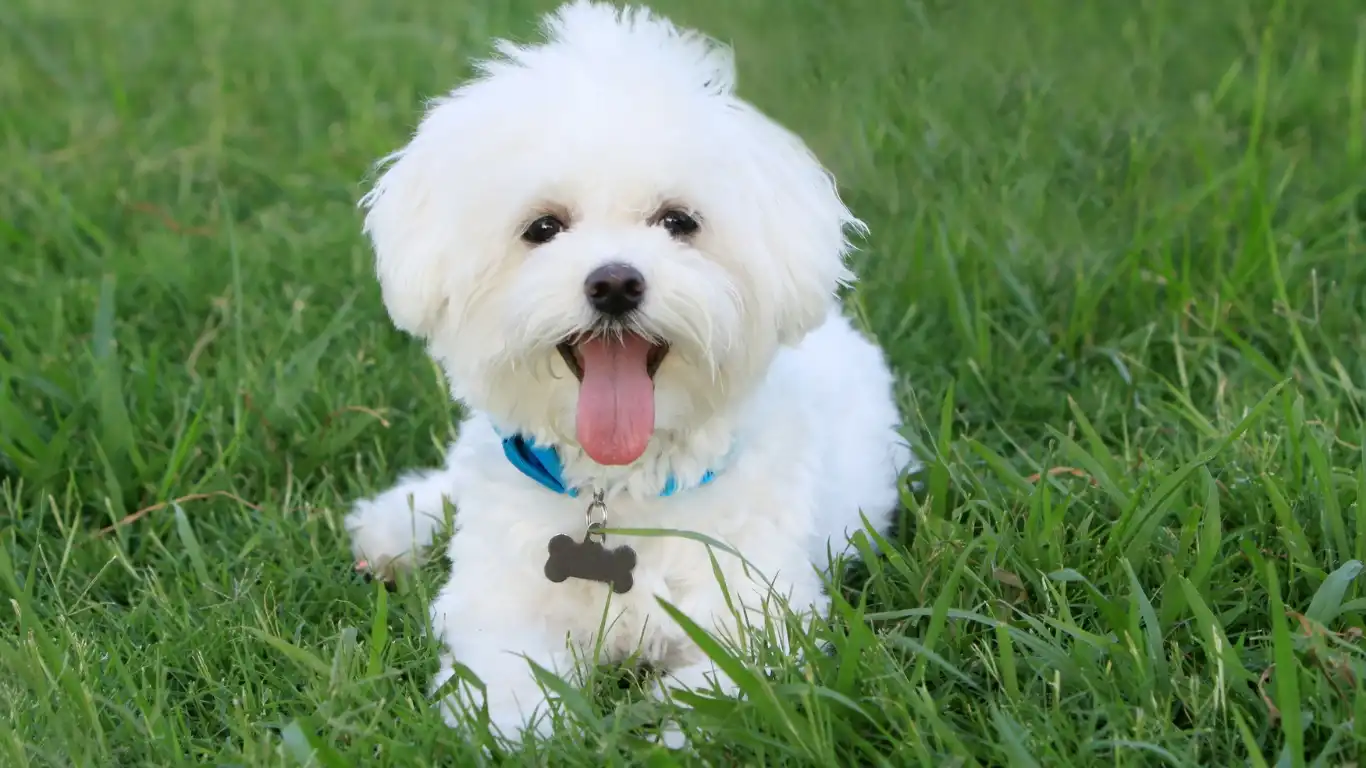
Dogs crave structure. Just like toddlers, they feel more secure when they know what to expect. I often ask my clients: what’s your dog’s daily routine like? If it’s random or inconsistent, chances are your dog’s chewing is partially anxiety-driven.
Here’s what a balanced day might look like for a dog who loves to nibble on furniture legs:
- Morning: 30-minute walk + quick training session (5-10 mins)
- Midday: Puzzle feeder lunch or frozen treat
- Afternoon: Supervised playtime or a new toy to explore
- Evening: Second walk + wind-down snuggle/crate time
I used this kind of routine with a Doberman I fostered a few years ago—he had crazy energy and a love for chewing chair legs. Once we got his schedule dialed in, those cravings dropped fast. He was too busy (and fulfilled) to care about the furniture anymore.
What If You Work Long Hours?
I get it—not everyone works from home or has the flexibility to provide 24/7 supervision. That’s where dog walkers, pet sitters, or even doggy daycare come in. A midday break can work wonders for a dog with destructive tendencies. You don’t need to spend a fortune—sometimes just a 20-minute walk from a trusted neighbor or teen can break up your pup’s day enough to prevent boredom chewing.
When to Call in Professional Help
There’s no shame in needing backup. If you’ve tried everything and your dog is still biting furniture like it’s a buffet, it might be time to bring in a professional. Certified dog trainers and veterinary behaviorists can help identify triggers you might not be seeing.
I’ve referred several clients to behavior specialists, especially when the chewing stems from deep anxiety or trauma (common in rescues or shelter dogs). With the right support, even the most stubborn cases can turn around.
Red Flags That Warrant Expert Help:
- Your dog chews obsessively and ignores all redirection
- Chewing comes with aggression or guarding behavior
- There are signs of anxiety, like drooling, pacing, or howling when alone
- Your dog has destroyed furniture despite crate use or supervision
Sometimes, it’s not about doing more—it’s about doing the right things in the right order. Professionals can help tailor a plan that fits your dog’s personality, breed, age, and history.
So hang in there. You’re not a bad pet parent if your dog’s been redecorating with their teeth. With the right strategies and a bit of professional insight if needed, you can absolutely kick this behavior to the curb.
Consistency Is the Secret Weapon

Here’s something I’ve learned over the years—both as a vet tech and a dog mom: consistency is everything when it comes to changing behavior. You could have the best chew toys on earth, professional training support, and a great feeding plan—but if you’re inconsistent with your responses, your dog will stay confused.
I remember working with a stubborn but lovable Corgi named Tater. His owners were both super sweet but had totally different approaches. One would scold him for chewing the rug, the other would laugh and call him “naughty but cute.” Tater didn’t know which way was up. Once they got on the same page and followed a consistent routine—same cue words, same redirect strategy, same rewards—it was like flipping a switch. Tater chilled out, and the rugs survived.
What Does Consistency Look Like?
- Responding to chewing the same way every time
- Using the same verbal cues like “Leave it” or “No chew”
- Rewarding correct behavior immediately with praise or treats
- Maintaining a routine feeding, walking, and play schedule
Dogs are creatures of habit. The more predictable your actions are, the faster they’ll understand what’s expected of them. It’s honestly one of the easiest—and most underrated—ways to fix furniture-chewing.
Chewing Through the Ages: Puppies vs. Adult Dogs
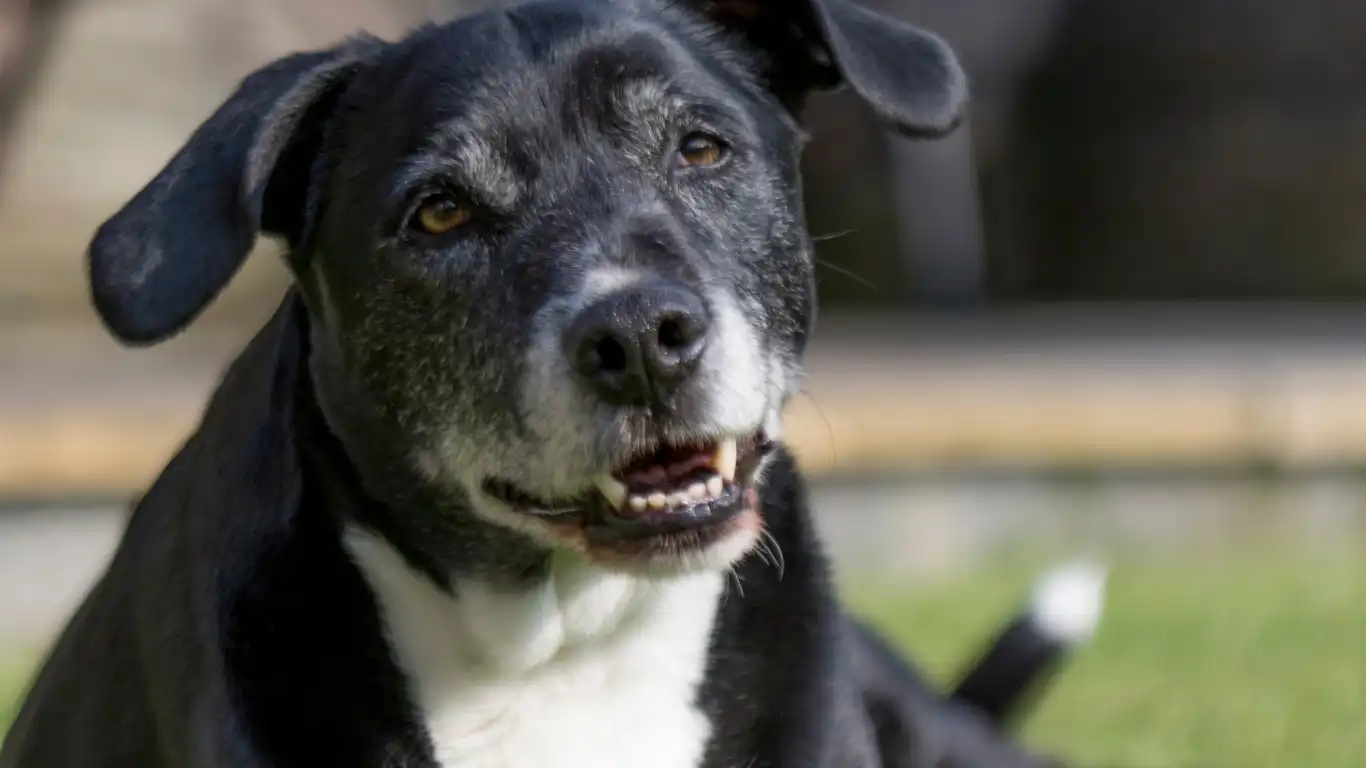
Not all chewing is created equal. It matters a lot whether you’re dealing with a teething puppy or a full-grown adult dog. I’ve had folks come in expecting the same training advice for both, but trust me, age plays a big role.
Puppy Chewing
Puppies chew because they need to—it soothes sore gums, helps explore the world, and burns off wild energy. For pups under six months, your best bet is:
- Rotating teething-specific toys like frozen rubber chews
- Freezer-safe carrots (yes, really—it’s an old vet clinic trick and works great!)
- More frequent but shorter walks and play breaks to tire them out
- Crate training during nap time to prevent chewing when unsupervised
When I was raising my own rescue pup, Luna, we had a whole drawer labeled “chews & distractions.” That girl could demolish a tennis ball in five minutes flat—but with the right teething options and regular play, she outgrew the destruction phase without major casualties.
Adult Dog Chewing
If your adult dog is suddenly chewing, it’s usually a red flag for stress, anxiety, or boredom. You’ll want to:
- Reevaluate their mental and physical stimulation levels
- Check for signs of anxiety (especially if chewing is happening when left alone)
- Assess diet—some nutrient gaps can lead to compulsive behaviors
- Rule out medical issues like dental problems or GI discomfort
Dogs don’t “just chew out of spite”—I hear this a lot, and it’s rarely true. They’re trying to tell you something. It’s up to us to listen and adjust accordingly.
Supplements and Nutrition Support
As someone with a nutrition background, I can’t skip over this. I’ve seen behavioral changes linked directly to diet more times than I can count. Sometimes, dogs chewing furniture aren’t just bored—they’re lacking in something essential.
Supplements That May Help
- Omega-3 fatty acids: Great for brain health and calming inflammation
- Magnesium: Can support muscle relaxation and reduce anxiety
- CBD (veterinary approved): May help in cases of stress or mild anxiety
- Probiotics: A healthy gut can actually help regulate mood and behavior
Of course, talk to your vet before starting anything new. Every dog is different. But don’t underestimate the power of nutrition when you’re trying to stop destructive chewing. You can learn more from trusted sites like PetMD or NIH if you want to dig deeper into the science behind behavior and nutrition.
Creating a Chew-Proof Environment
Let’s be real: you can train your dog all day long, but if your space is full of chew temptations, it’s gonna be an uphill battle. One thing I always recommend is “dog-proofing” your home, especially during the early training stages.
Easy Home Modifications
- Use baby gates to block off rooms with chewable furniture
- Keep shoes, cords, and kids’ toys out of reach
- Apply bitter spray on corners of furniture they like to target
- Elevate plants or decorations that seem like tempting chew toys
Think of it like toddler-proofing, just with more slobber. I once had a client put pool noodles around chair legs as a temporary fix—looked a bit silly, but hey, it worked!
Final Thoughts on How to Stop a Dog from Biting Furniture
Look, stopping a dog from chewing furniture doesn’t happen overnight. It takes patience, consistency, and a real understanding of why your dog is chewing in the first place. But with the right approach—and a bit of empathy—you’ll start to see real progress.
From crate training and mental enrichment to proper nutrition and behavioral cues, there are plenty of tools in your toolbox. And if you’re ever feeling stuck or overwhelmed, don’t hesitate to reach out to professionals. Vets, trainers, and behaviorists are there to help—not to judge.
Most of all, remember this: your dog isn’t trying to make your life harder. They’re communicating in the only way they know how. And once you crack the code? Peaceful, furniture-intact living is totally within reach.
References
Disclaimer
The content in this article is intended for informational purposes only and does not constitute medical or behavioral advice. Always consult with your veterinarian or a certified animal behaviorist before making any significant changes to your pet’s diet, health regimen, or training plan.


